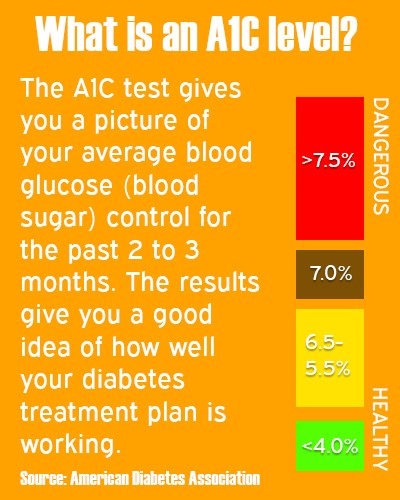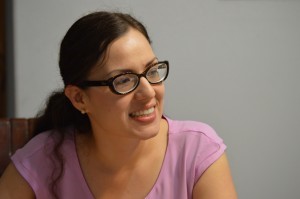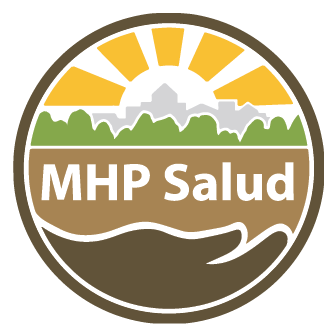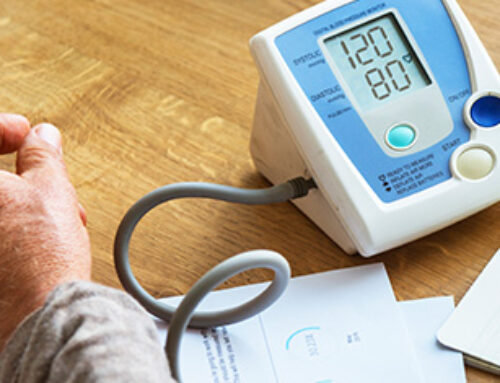
One Family’s Journey in Health
At a doctor’s appointment, Catarino Velazco got some frightening news. In addition to a diabetes diagnosis, Catarino’s doctor told him his blood sugar had risen dangerously high. In a translated interview, Catarino admitted his first response was shock.
“When they told me that my blood sugar had spiked,” he said, “I thought ‘How did that happen? It couldn’t happen to me, right?”
His doctor prescribed him some medication to control his blood sugar and recommended that he start attending Salud y Vida (Health and Life) classes led by MHP Salud.
The program launched in 2013 in partnership with the University of Texas Health Science Center at Houston to improve the health of adults with type 2 diabetes living in Hidalgo County who have Hemoglobin A1C levels of at least 8 percent. It uses the Community Health Worker (CHW) model to provide Spanish-language diabetes self-management education and home visits, during which the CHWs follow up with each participant’s health and offer support and motivation that lead to healthier lifestyles and better control of diabetes.
Catarino enrolled in May of 2015 with an A1C value on the extreme high end of the scale. He attended six different, two-hour classes in which a CHW instructor led him and his fellow participants through interactive presentations about diet and exercise. CHW Linda Medrando met with Catarino, gave him a glucose meter and testing strips, taught him how to administer and read the test and assessed his needs to ensure that he had access to the community resources in order to meet his goal for controlling his diabetes. Together, they made an action plan that included packing lunches to bring to work, eating vegetables during each meal and enrolling in a gym membership.
“I received a lot of support from the CHW,” said Catarino. “She called me; she visited me; she talked to me about the program and the necessity to continue moving forward with my diabetes. I liked it because they cared about me.”
Three months later, he decreased his A1C value to within the healthy range.
“It’s not easy, but it’s not impossible either,” said Catarino. “I got used to changing my health and eating five or six times a day at a scheduled time, and I started to get results.”
Not only did Catarino find that his health data was improving, but he was also seeing changes in his daily life for the better. Catarino’s wife, Laura, began attending classes with her husband.
She says she and her husband have not only changed their behavior, but it also affects the behavior of her two sons.
“Before, we used to eat out and order flour tortillas,” she said, “but now if we go out to eat, we order corn tortillas. If we’re going to eat bread, it has to be whole wheat bread. If it’s sugar, it has to be sugar-free Splenda. Here at dinner, my boys don’t find bread, sweets, or chocolate—no bad food or junk food at all.”

She says the most meaningful aspect of the program’s effect on her life has been disrupting unhealthy habits.
“Since I was little, I have always been heavier,” she said “and when you look at your kids eating junk food, you say ‘What are they doing?’ They have the same habits that I had as a kid. For me, it’s really true that this [lifestyle] is better.”
The Velazcos are only one family among 214 people who completed the Salud y Vida classes in 2015. By pairing the clinical capabilities of a hospital system with the culturally and linguistically competent care of a CHW program, Salud y Vida is tackling one of the region’s greatest public health concerns with real-life results.
The program’s main source of funding is a Section 1115 Waiver from the U.S. Department of Health and Human Services/Centers for Medicare & Medicaid Services. Waivers are vehicles that states can use to test new or existing ways to deliver and pay for health care services in Medicaid and the Children’s Health Insurance Program.

(Community Health Worker Linda Medrano)
The State of Texas received one such waiver, and partners from a variety of public and private institutions in the Rio Grande Valley came together to develop a plan to address the region’s burden of chronic disease and health disparities; as a member of that coalition, MHP Salud receives a portion of the state’s funds in order to carry out that plan.
MHP Salud Chief Executive Officer Gayle Lawn-Day says the organization’s participation in the project is key.
“The project allows us to leverage more than 30 years of Community Health Worker programming experience to support an innovative health care model that can succeed only if it produces tangible health outcomes in our population,” she said. “Any successes and challenges with this project will only strengthen our capacity to provide outstanding CHW programming and training and technical assistance as we move forward.”
Making those tangible health outcomes means busy days for CHWs like Salud y Vida’s Linda Medrano. She spends her time scheduling appointments with participants, performing home visits and arranging other visits with participants. She says the most rewarding aspect of her job is helping families lower their A1C levels.
“We get to know them,” she said. “We find the right resources for them and make their lives a little bit easier. We help them as much as we can, and that’s how we get their trust.”
Medrano says the key to the program’s success is the bond that forms between CHWs like her and their clients.
“I treat them as though they’re family,” she said. “We work together to develop a better life for their families.”
Salud y Vida Program Coordinator Cruselva Peña supervises the program’s CHWs and oversees the delivery of services.
“I’ve learned that most of the time, the motivation is there, but they don’t know how to start,” she said. “It’s rewarding to be able to give them the tools to be able to start being able to do something to control their diabetes and improve their health.”
Salud y Vida offers a follow-up for up to 12 months to ensure participants’ diabetes remains under control. During the first six months, the follow-up is most intensive and includes home visits, diabetes self-management classes, and phone calls. A regular routine of follow-up on glucose levels is offered for the duration of the program.
As is the case for many participants in diabetes programming, Catarino’s rapid improvement in his first three months in the program proved difficult to sustain. His A1C value crept back up, though his six-month reading was far lower than his intake value.
Program Coordinator Cruselva Peña says the Salud y Vida program’s benefits extend beyond a simple number.

(Program Coordinator Cruselva Peña)
“Sometimes, participants are facing complications from diabetes, and it’s hard for them to just lower the levels with exercise, diet, and medication,” she said, “but you realize that the program is really helping them.”
In order to prolong the effects of the Salud y Vida classes, MHP Salud will begin implementing support groups for participants who have completed the program as it currently exists.
Catarino says long-term health changes are possible within his community with the support of a program like Salud y Vida.
“It’s just a question of each person doing their part,” he said. “I have my illness; I’m going to live with it; I’m going to know what I’m going to do and how I’m going to do it to live with my illness. But thanks to the CHWs and to the teachers that taught the nutrition classes, I’m going to continue to move on.”
About MHP Salud
MHP Salud has over thirty years of experience implementing CHW programs and training organizations looking to start and/or strengthen their own CHW programs. For more information about MHP Salud, our services, and how we can help you, please email us at info@mhpsalud.org






